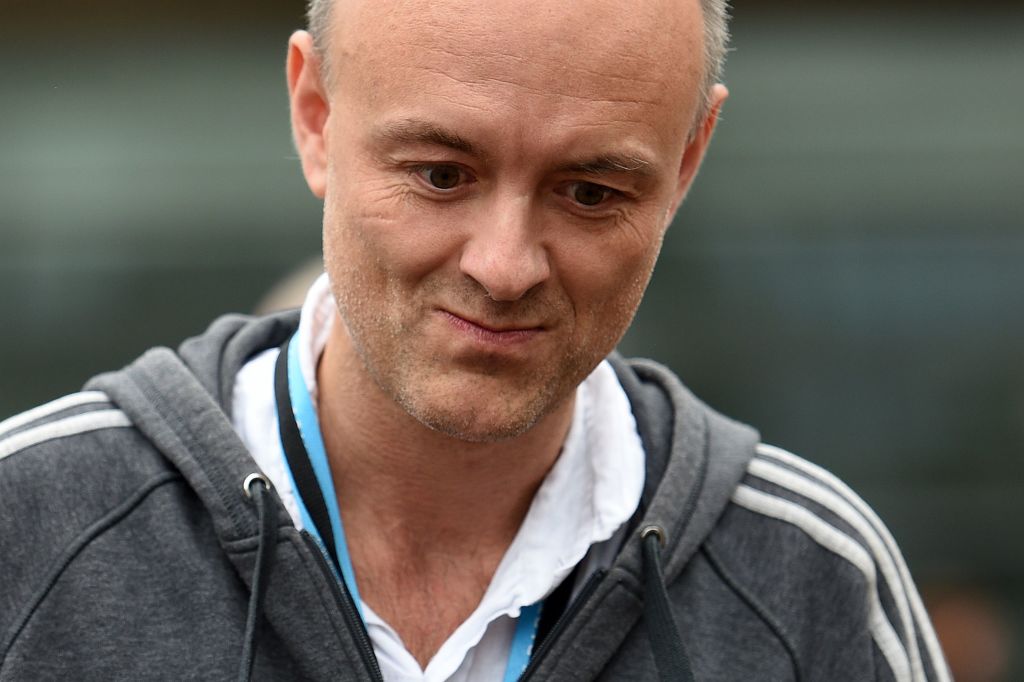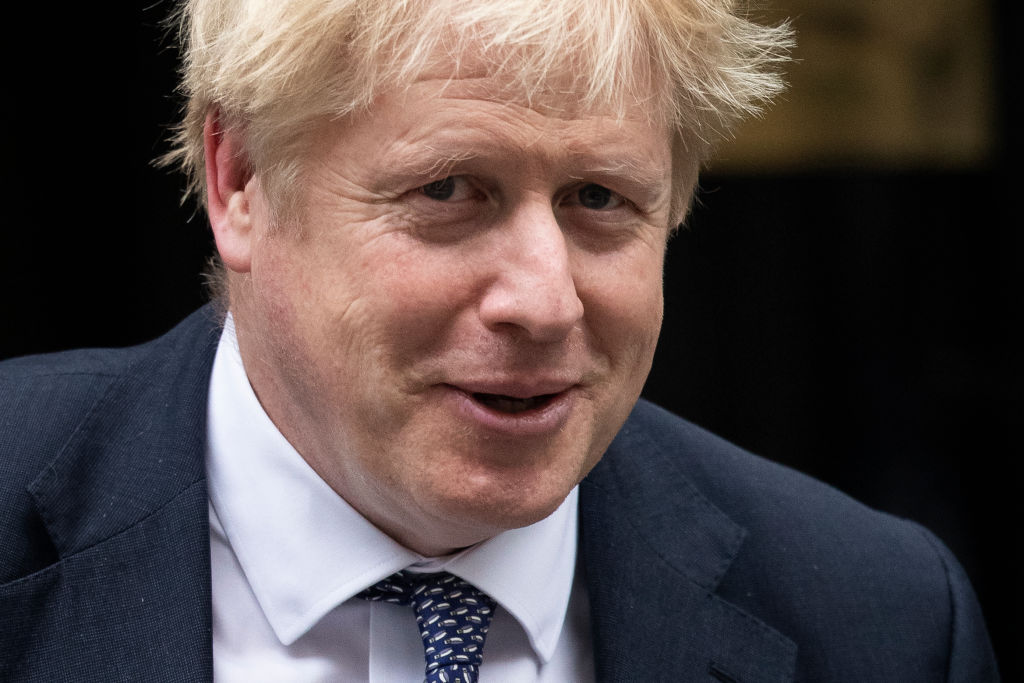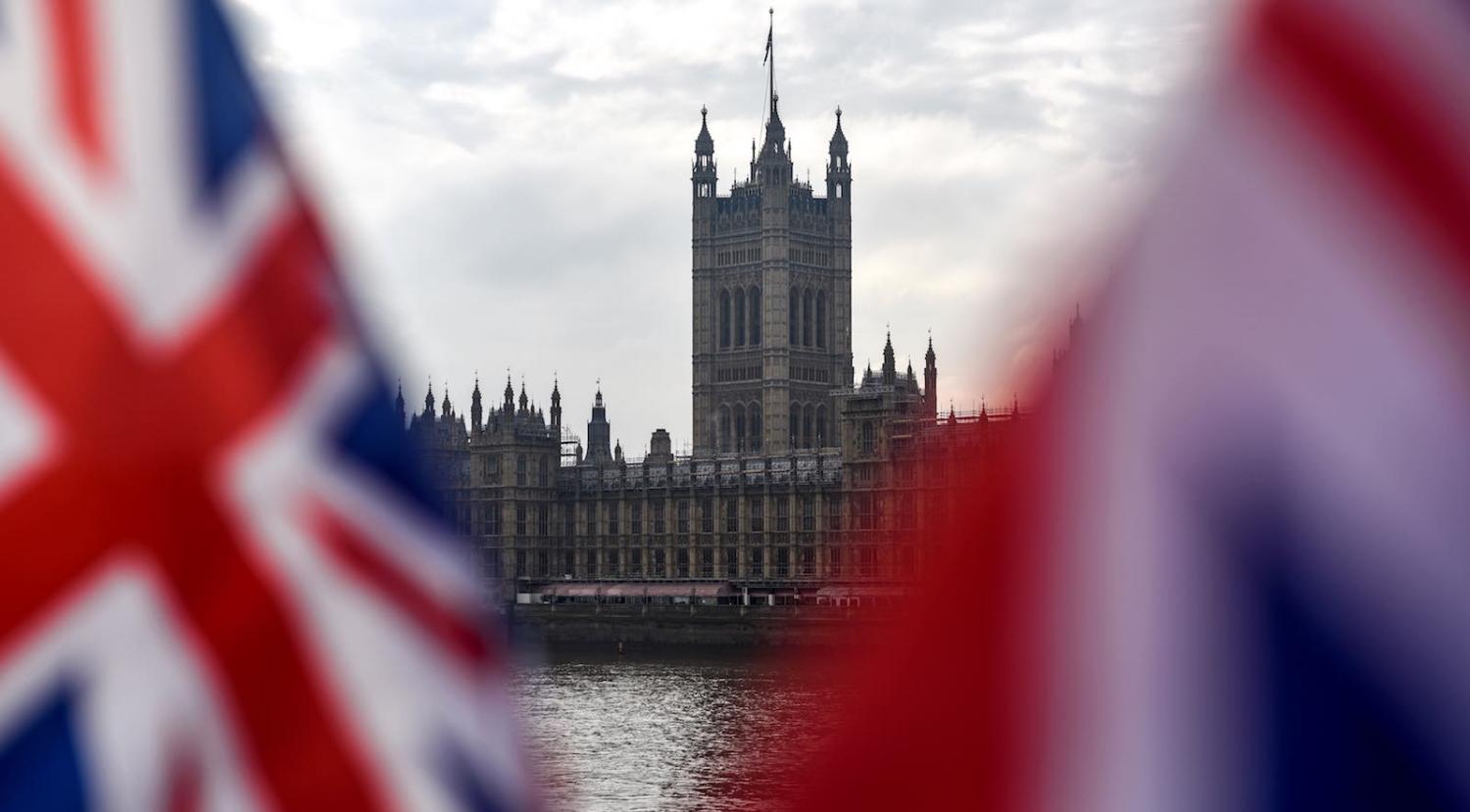Over the past few weeks, breathless British journalists have published verbatim the private words and long missives of a person known as “No. 10 Source”, who on close inspection is almost certainly Dominic Cummings, Prime Minister Boris Johnson’s Chief of Staff. Cummings attracted public notice when he ran the official Leave campaign in 2016. He was even played by Benedict Cumberbatch in a play based on the referendum, in which he was shown outsmarting his opponents as he fixed on the slogan “Take Back Control”. When he entered the Prime Minister’s Office at 10 Downing Street with Johnson on 24 July, Cummings was hailed as some sort of strategic genius, bound to run rings round obstructionist parliamentarians.
It is always unwise for an adviser to become the story, as Steve Bannon discovered in Donald Trump’s White House. Cummings attracted such media attention that even when he went covert as “No. 10 Source”, his identity was assumed – possibly even when somebody else was the actual source. His reputation is of an aggressive, provocative but creative campaigner, with a good feel for public opinion and a number of hobby horses.
Once installed in No. 10, Cummings got to work framing the debate by filling right-wing newspapers with lurid headlines about the perfidy of the enemies of Brexit and the cleverness of his boss. Unfortunately this led to more problems for Johnson than it solved. He made three classic mistakes: he underestimated his opponents; he failed to build coalitions with potential supporters; and he took the initiative with bold moves that turn out to be indecisive.

Johnson campaigned for the leadership on the slogan of “do or die” when it came to ensuring that the UK left the EU by 31 October (the date set by the European Union for the expiry of the most recent extension). From the start, the official line was that the government was ready to get a deal with the EU, but it had to be much improved on the one negotiated by Theresa May and already rejected by parliament three times.
Any talks would need to start with the EU abandoning the Northern Ireland backstop. This measure was to prevent a hard border between Ireland and Northern Ireland but effectively required staying in a customs arrangement with the EU. Unlike his predecessor, Johnson would not be scuttling around European capitals. The negotiating team was cut back. Preparations for a “no deal” Brexit were ostentatiously stepped up. While this was never claimed to be a prospect to be relished, the government argued that it was also not one to be feared.
The message was underscored at once when Johnson formed a cabinet composed of loyalists and hard-line Brexiteers. The most provocative move came on 28 August, when it was announced that parliament would be prorogued for six weeks after a short session in September until the Queen’s speech on 14 October. The pretext, that the time was needed to prepare interesting content for the speech, was transparently phony. The only explanation was that the aim was to give MPs insufficient time to gang up on the government to prevent “no deal”.
It was at this point that the strategy began to go wrong.
First the opposition parties, plus a number of dissident Tories, were galvanised into action precisely because they feared time would be short. They managed to pass legislation obliging the government to write to the EU for yet another three-month extension if a deal was not in place by 19 October. This was known as the Benn Act, after the sponsoring Labour MP Hilary Benn. This effectively ruled out “no deal”.
Second, the government in its fury then expelled from the parliamentary Conservative party 21 MPs who supported this bill, meaning that it was left as a minority government. Another Conservative MP joined the Liberal Democrats (a second of this group did so later).
Third, the Plan B, readied for this eventuality, which was to call a general election was thwarted when the opposition failed to agree. Under the Fixed Term Parliament Act of 2011, two thirds of MPs are needed for an election to be called. The opposition was not prepared to risk “no deal” happening during the course of an election.
Fourth, adding insult to injury in a landmark decision, the Supreme Court unanimously ruled that this move to prorogue had been illegal, and so parliament had to return.

While all this was going on, the government was putting more effort into “no deal”, but the more that the prospect was addressed the less enticing it appeared, with the risk of food and medical shortages, trade badly disrupted, and police forces stretched. Having veered towards “no deal”, Johnson suddenly veered in the other direction, towards “deal”. It was soon apparent that he had abandoned the ambitious plans for a wholesale rewriting of the earlier withdrawal agreement and was focusing largely on the backstop. Eventually on 2 October he came up with a complex plan to address the issue. This initially got short shrift from Ireland and the rest of the EU because it still had trade barriers on the island and appeared to give the government’s allies in the Democratic Unionist Party (DUP) a veto on its continuation after four years.
Soon “No. 10 Source” was in his element, denouncing Irish Prime Minister Leo Varadkar for his opposition to a new deal and the reporting on a tetchy phone call between Johnson and Chancellor Angela Merkel of Germany, almost as soon as the two leaders had put the phone down. The message was that the EU was opposed to proper negotiations, and so would be to blame if there was no progress – a point to be kept in mind when the next election came. No deal must be back on the agenda.
Then a summit between Johnson and Varadkar on 10 October suddenly brought a glimmer of light. Concessions from Johnson on customs and governance brought the two sides closer. The EU negotiators picked up the challenge, and then in the days before the European Council of 16–17 October they worked all hours to hammer out a deal.
The fact of the deal challenged the Leavers’ claim that removing the threat of no deal meant that the EU had no incentive to negotiate. The idea that threatening something that would hurt the UK most (and which the British people were being told was nonetheless manageable) provided real leverage was always implausible. But the Remainers’ claim that the EU were not in a position to renegotiate anything was also challenged, although they did not move beyond the parameters set early in the talks.
The deal meant that Johnson swung away from the arguments he had been making since he walked out of May’s government in July 2018 in protest at the concessions she was prepared to make. As a man always presumed to be able to turn on a sixpence, Johnson did not have a reputation for consistency to uphold. He also benefitted from the country’s weariness with the whole issue. The main consequence was to point to a harder Brexit to be negotiated during the transition period, once the withdrawal agreement became law, and to put the customs barrier in the Irish Sea rather than on land. The DUP’s ability to close it down would be gone. Faced now with a measure that would separate Northern Ireland from the mainland, the DUP called betrayal.
This was an unlikely conclusion to three hectic months in power, but the drama was not yet over. To meet his self-imposed “do or die” deadline, Johnson not only had to get his new deal approved but all the necessary legislation passed by parliament. Once again, the parliamentary numbers were against him.

A motion was passed requiring that Johnson still ask for an extension even if a deal was agreed, but there was no time to examine the legislation properly. Then on Tuesday this week came the moment of truth.
First came good news for Johnson. At last a bill designed to take the UK out of the EU got a majority in parliament to take it to the next stage, where its many provisions could be addressed.
Then came the bad news. On the next vote a majority refused to accept the government’s tight timetable. The furious DUP’s ten votes ensured this defeat.
Under the Benn Act, Johnson was still required to ask the EU for an extension in language set out for him in the legislation. For weeks, Cummings had filled the papers with stories about how the Act’s provisions could be bypassed. In the end, the Law Officers insisted it had to be obeyed. As a show of defiance, a photocopy of the letter was sent to European Council president Donald Tusk, without a signature (a legally meaningless gesture) and with an accompanying letter explaining why he didn’t want an extension. Tusk calmly noted receipt of the letter with the approved wording and ignored the rest. He made it known that he would recommend the extension.
There were rumours that Johnson had asked French President Emmanuel Macron to block the extension. Macron dislikes the regular extensions and would not wish his vote to be taken for granted. It was still unlikely that he would prevent an extension against the wishes of the other EU leaders, especially Ireland. It will take at least to the end of the week before the extension is confirmed.
Assuming that it is granted, possibly with the proviso that there can be an early withdrawal should all the legislative processes be concluded satisfactorily, Johnson will be left with a dilemma. With his “do or die” pledge broken, should he use the extension for an early election, blame parliament and the EU, hoping to get a sufficient majority to avoid awkward amendments to the withdrawal bill, and then take the negotiations to the next (and probably even more difficult) stage, when the actual long-term relationship of the UK to the EU would be decided?
The polls certainly suggested that he would win easily against a demoralised Labour Party, even while losing seats to the Scottish Nationalists and the Liberal Democrats. But for the same reason, the Labour Party might wish to deny him the election while the withdrawal act is ready to be examined in parliament and might be amended.
The most likely next step, therefore, is for the government to press ahead trying to get the latest deal into legislation and actually leaving the EU. Here the risk is that without a parliamentary majority, it may face amendments that it make it far less attractive to the harder-line Brexiteers who are currently supporting a deal that in most key respects is not that different to the one they so relentlessly opposed, negotiated by Theresa May.

